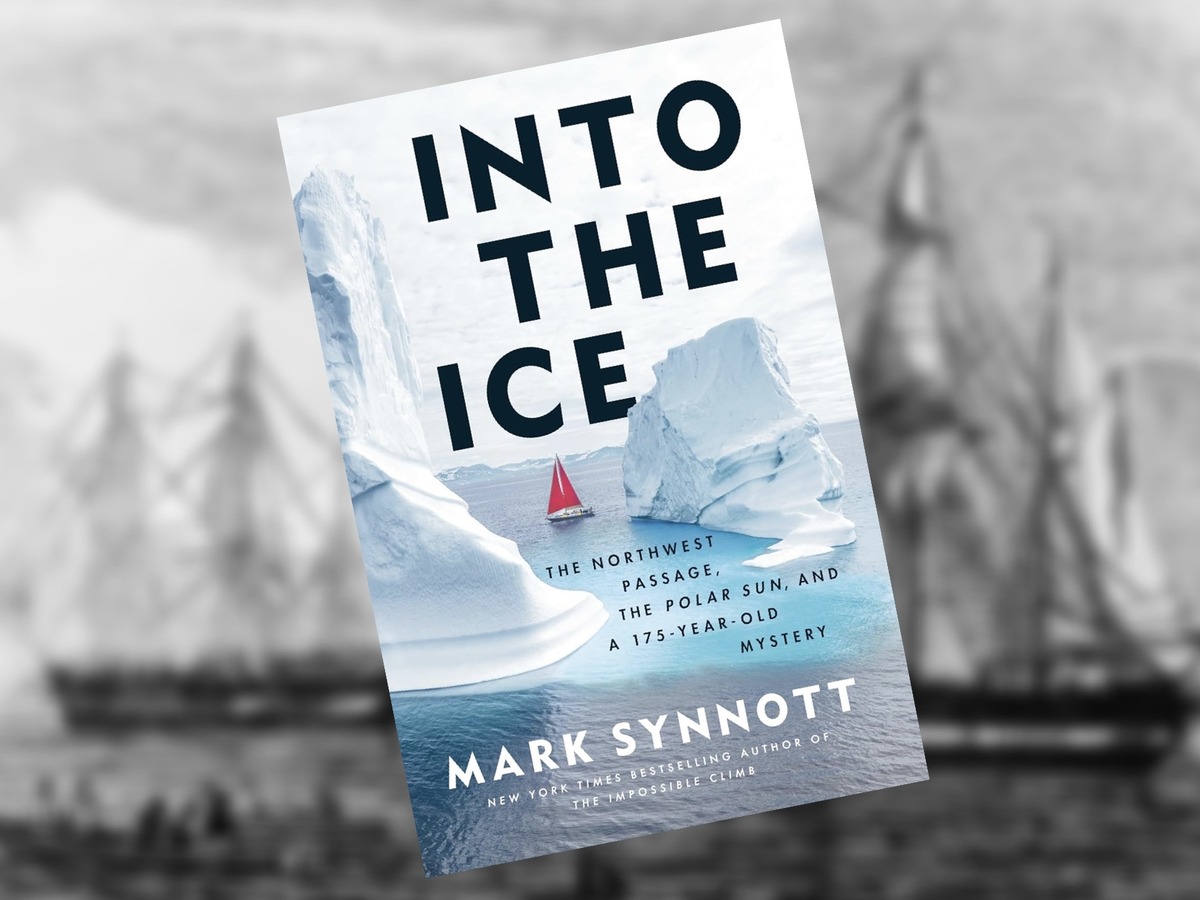This post contains affiliate links. If you click one, I may earn a commission at no cost to you. As an Amazon Associate, I earn from qualifying purchases.
On May 19, 1845, two Royal Navy ships—HMS Erebus and HMS Terror—left Greenhithe, England under the command of veteran explorer Sir John Franklin. He and the men under his command sought the fabled Northwest Passage, a sea route connecting the Atlantic and Pacific Oceans via the Arctic. Franklin’s ships were last seen at Greenland’s Baffin Bay in late July before disappearing into history. Inuit accounts tell of the grisly fate that befell all 129 expedition members, including sickness, starvation, and cannibalism.

The Franklin Expedition’s failure and disappearance has been one of history’s enduring mysteries. Erebus and Terror were eventually discovered in 2014 and 2016, but many questions remain. A cryptic note found at Victory Point on King William Island in 1859 confirmed that Sir John Franklin died of unspecified causes on June 11, 1847. It also stated that 23 other expedition members had perished by April 25, 1848 and that the survivors had abandoned the icebound Erebus and Terror. What brought the expedition to this point remains unknown.
Into the Ice records one man’s search for answers about the lost expedition, as well as its leader’s tomb. Aboard his sailboat Polar Sun, adventurer Mark Synnott retraces Sir John Franklin’s ill-fated journey—a journey that started 180 years ago today. Per the book’s description:
In this pulse-pounding travelogue, Mark Synnott paints a vivid portrait of the Arctic, which is currently warming twice as fast as any other part of our planet. He weaves its history and people into the first-person account of his epic journey through the Northwest Passage, searching for Franklin’s tomb along the way– all while trying to avoid a similar fate.
Many thanks to NetGalley and Penguin Group Dutton for providing an advance copy of this book to read and review.
Book Summary
Mark Synnott is an explorer and adventurer who’s just about done it all—including climbing Mount Everest. But he’s about to do something new: sail the Northwest Passage in a sailboat called Polar Sun. Preparations for the voyage are years in the making as Synnott readies his ship, gathers a crew, stockpiles supplies, and brushes up on his Franklin Expedition knowledge.
With a National Geographic film crew aboard, Polar Sun retraces the route that Erebus and Terror took all those years before. With his old friend Ben Zartman at his side, as well as a rotating crew made of people like Mr. Dirt and Jacob Keanik—an Inuk from Gjoa Haven—Synnott follows Franklin’s ghost to King William Island in the Canadian Arctic. Once there, he teams up with local experts and mounts an overland expedition via ATV to find Sir John’s lost tomb and the records hopefully contained within. It’s a grueling trek that brings Synnott and his colleagues face-to-face with the legacy of Franklin’s doomed expedition.

Throughout the book, Synnott describes the history of the Franklin Expedition in captivating detail. He also shows how Inuit testimony—so long ignored by Europeans—has proven to be accurate time and time again. But Synnott’s journey is more than just looking for a dead Englishman’s final resting place. The Polar Sun’s voyage pushes her crew to the brink. Moreover, it takes Mark and Ben—described as Peanut Butter and Jelly—to the brink and tests their friendship.
My Thoughts
I couldn’t put Into the Ice down! I’ve been captivated by the Franklin Expedition since I was a kid. I saw the famous picture of John Torrington being thawed out of his frozen grave on Beechey Island and that’s all it took. I’ve since watched many documentaries about Franklin over the years, including the one by National Geographic (available for streaming on Disney+) covering the Polar Sun’s voyage. This book shows what was happening behind the scenes and going on in Mark’s mind.
Into the Ice is a cross between a history book, a travelogue, and an adventure story. In several ways, it reminded me of another favorite book of mine—Passage to Juneau by Jonathan Raban. Whereas Synnott is retracing the Franklin Expedition’s journey, Raban follows in the wake of Captain George Vancouver’s 1792-1794 voyage to modern-day Alaska. Both writers are deeply affected by their travels and experiences.
However, the book initially doesn’t explain why Synnott and others believe logbooks and other expedition records were entombed with Sir John Franklin in the first place. Presumably—I thought—these are records that Captain Francis Crozier would’ve retained upon Sir John’s death and needed for his new role as expedition commander. Just over halfway through the book, we learn that the Inuit describe Franklin being buried with some papers. They also report that smaller vaults and cairns held other documents. Knowing that upfront would’ve helped me make a little more sense of things.

That said, however, I really loved this book. Mark Synnott’s writing is incredibly engaging. It’s honest, reflective, and deeply personal. He tells the story non-chronologically, which I found an interesting technique. It keeps readers on their toes, which is likely one of the reasons I found Into the Ice so engaging.
Conclusion
All said, I thoroughly enjoyed this book. If you’re interested in the Franklin Expedition, adventure, exploration, and/or sailing in general, then you’ll probably enjoy this too. Synnott’s account is gripping and page-turning. But it’s also deeply personal, reflective, and sensitive. He weaves the past and present together beautifully.
Into the Ice is a deeply moving and spiritual book. What do I mean by spiritual exactly? Simple: the spirit of the Arctic, the spirit of exploration, and—above all—the human spirit. It’s a fascinating read that will keep you up at night turning page after page until the end of the book.

Leave a Reply